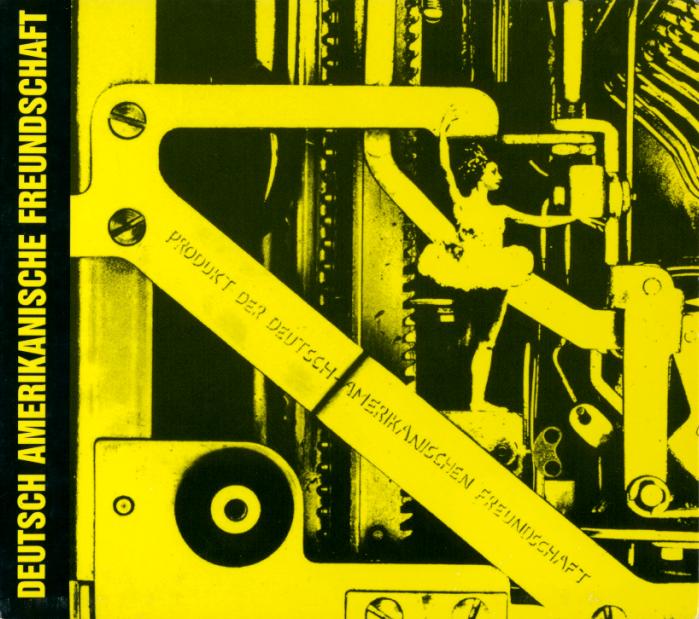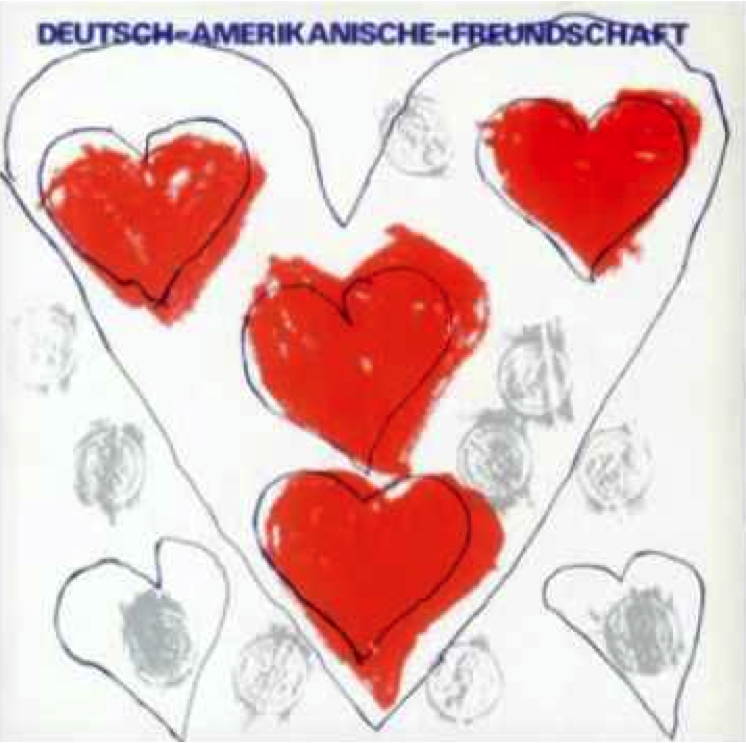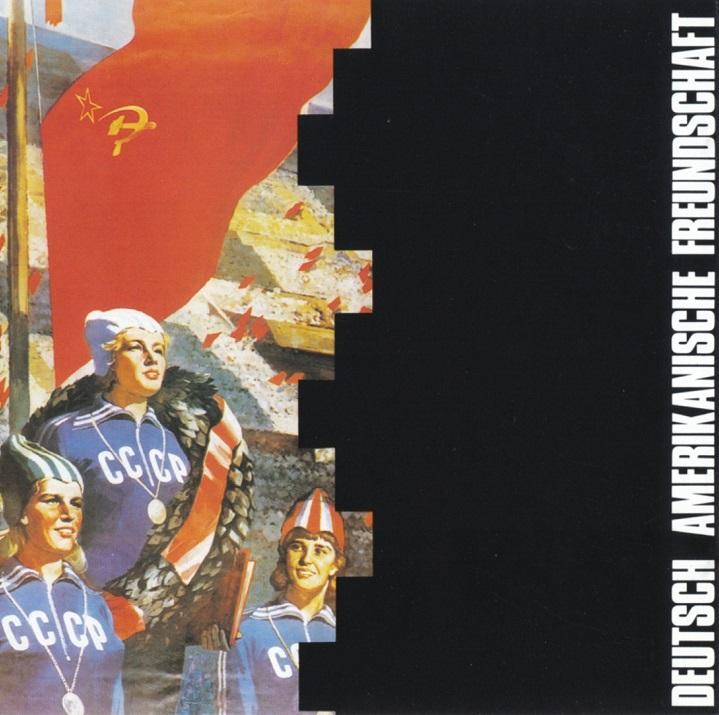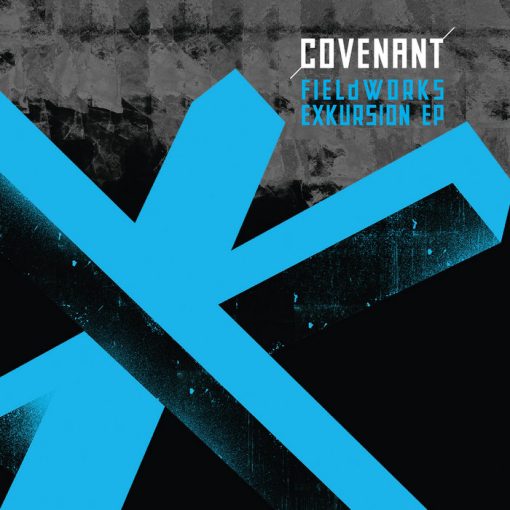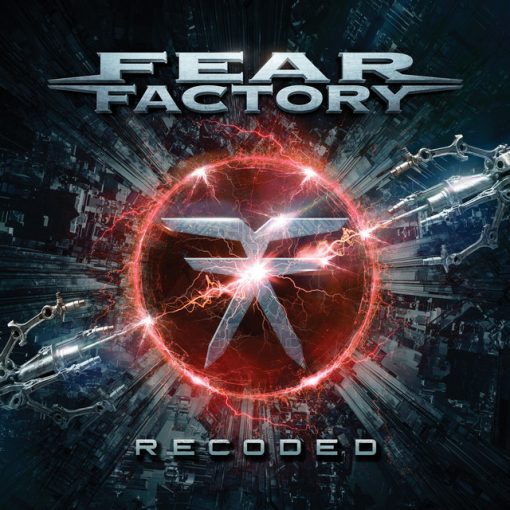Early Produkt
Whilst best known as a duo, DAF actually began in Düsseldorf in 1078 as a five-piece band. The classic duo of Munich-born drummer Robert Görl and vocalist Gabi Delgado-Lopez (born in Spain when still under Franco’s rule but moved with his family to German when aged 8) were initially joined by guitarist Wolfgang Spelmans, bassist Michael Kemner and electronics expert Kurt Dahlke. They were influenced in part by the emerging sound of punk rock, but keen not to simply mimic a genre that they saw as being ‘too American’, seeing it as little more than a louder and more rebellious form of rock and roll.
This was also the first of many clues that the band name was not to be taken literally. They were trying their best to avoid overt Stateside influence, being as they were an experimental act from the outset. Except for Gabi, who was preoccupied with a love affair and failed to show for the rather haphazard recording sessions that were eventually released as Ein Produkt der Deutsch-Amerikanischen Freundschaft, half an hour of untitled instrumental snippets of varying length. Call it industrial, noise rock, post-punk, avant-garde or just ‘that yellow thing’, it’s where this story starts.
it’s an interesting relic of the initial underground phase of the Neue Deutsche Welle (German new wave, NDW from here), but despite its short length, it’s not a recording that inspires repeat listening. The poor recording quality is understandable given the equipment at their disposal, but the lack of a vocalist means the remaining members tend to meander in their playing, occasionally hitting upon a unique tone or creative passage but too content to fade out and cut to another line of attack rather than develop any of their many ideas.
Singles and Versions: There weren’t any recognisable songs to lift as singles, and the album didn’t get an official reissue for a couple of decades after the original release, finally getting a CD issue on The Grey Area of Mute in 1999, with a state-of-the-ark vinyl in 2012.
Dahlke left after this album to focus on his solo work under the name ‘Pyrolator’ and would also join Der Plan shortly after. This band also provided his replacement – Chrislo Haas, who’d already recorded Der Plan’s first single with none other than Robert Görl. Düsseldorfers shifted between their bands quite frequently in those days. Gabi was soon back in DAF, though, who’d made the decision to shift operations to London, attracting the attentions of Daniel Miller, who signed them up to his Mute label. Whilst this imprint would go on to achieve cult status, by this point they had only released a few 7” singles by Fad Gadget and Miller’s own projects Silicon Teens and The Normal.
DAF’s first single for the label was Kebabträume. The version the song offered here might not be the definitive one, but it’s where the sound of the band as we know it began to take shape. The shards of guitar noise are still here, but the metronomic synth pulse and drum stomp bring a semblance of song structure to a band that previously didn’t have any. Gabi’s lyrics tell a tale about West Berlin and the Turkish fast food outlets within what was then the ‘walled city’. Hinting at political intrigue but never keen to discuss song meanings, the official interpretation of the song remains unclear to this day, but the fact the same lyrics were recorded as “Militurk” by Fehlfarben (Michael Kemner’s band post-DAF) stand as proof of this song’s significance in the early sound of the German new wave.
A full-length album for Mute followed later in 1980, the label’s first venture in the realm of the long-player – Die Kleinen Und Die Bösen (The Small and The Evil), produced in part by Conny Plank, best known for his role in shaping the equally experimental Krautrock sound during the 1970s. DAF are still keen to avoid conventional music forms but at least now not afraid to record something approximating as ‘songs’. There are hints of the rhythmic electronic style that they would later make their own, particularly on Coco Pino and to a lesser extent Nachtarbeit.
However, much of the album is given over to more abstract concepts, stop-start rhythms with each instrument tuned to its noisiest setting. These tracks are still significant in defining future sounds to come, namely that of bands such as the aforementioned Fehlfarben and Der Plan, projects the ‘other’ members of DAF would later focus on. The second half of the album is an ‘accidental’ live recording of a show at The Electric Ballroom, though the songs featured seem to be unique to this performance, not featured elsewhere, and hence serve as relic of this very brief period in the bands history.
Truth be told, four decades and several Cherry Red post-punk anthologies later and it’s fair to say this album doesn’t stand out as much as it did at the time – the noisy, haphazard journey from punk to new wave was one trodden by many bands, many without the benefit of Daniel Miller’s legendary talent for bringing these new and innovative forms of music to the most appreciative audiences. Talents that were in this case, too successful. DAF soon stepped up to a deal with Virgin Records, who’d spent the previous couple of years signing up as much emerging punk and new wave talent as possible.
Singles and Versions: No singles were lifted from the album itself. Mute issued a number of CD versions from 1990 onwards, and there’s some cassette and LP represses out there, but all offer the same songs.

